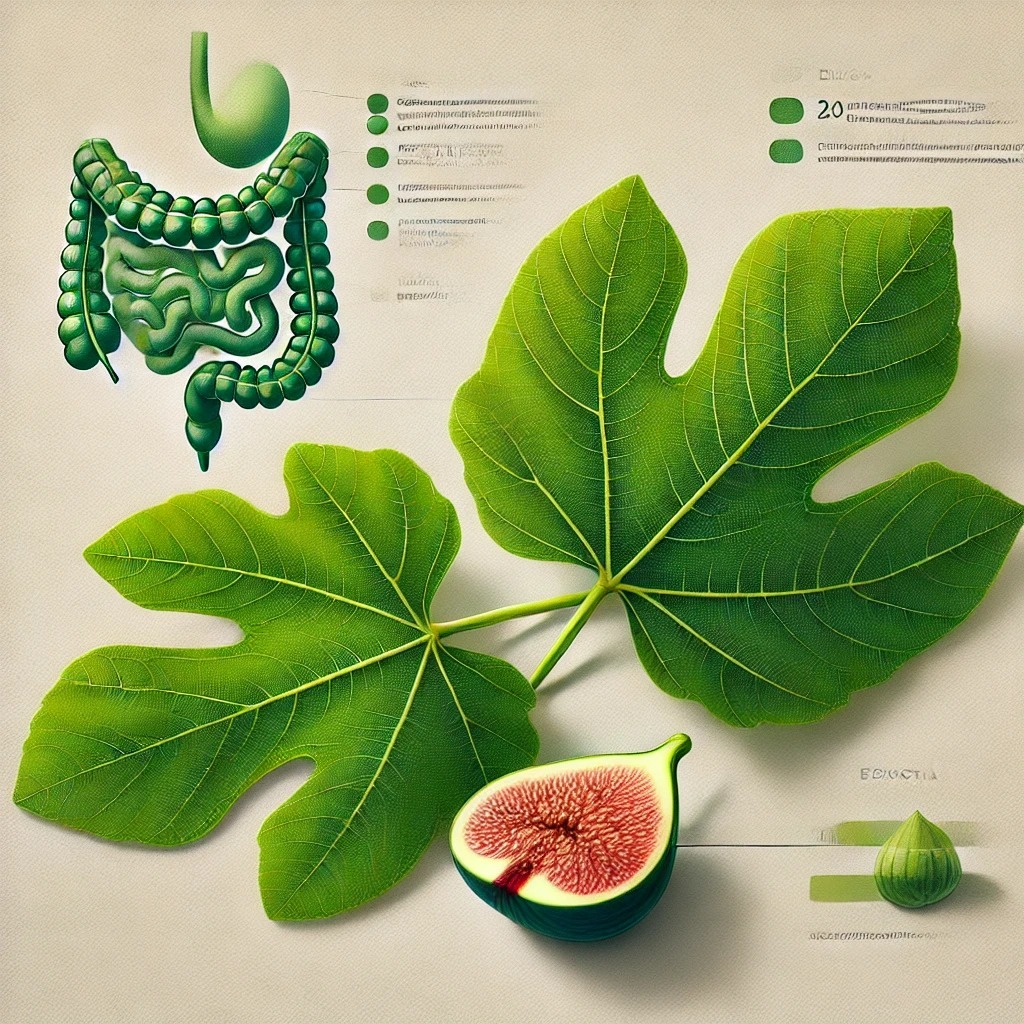When we think of the fig tree, our minds often jump straight to the sweet, delicious fruit that has been enjoyed by cultures worldwide for centuries. However, the leaves of the fig tree are often overlooked, despite their impressive array of health benefits. These humble leaves, which are typically discarded or ignored, are packed with nutrients and medicinal properties that can have a significant impact on your well-being. In this article, we will explore ten remarkable health benefits of fig leaves and provide a simple guide on how to make fig leaf tea, a soothing and health-boosting beverage.
Fig leaves, with their broad, vibrant green appearance, have been used in traditional medicine for thousands of years, particularly in the Mediterranean and parts of Asia. While the fig fruit is rich in vitamins, minerals, and antioxidants, the leaves offer unique compounds that address a variety of health concerns. Fig leaves contain essential nutrients such as vitamins A, B1, and B2, and they are a rich source of fiber and bioactive compounds, including flavonoids and polyphenols. These elements contribute to the leaves’ powerful antioxidant, anti-inflammatory, and anti-diabetic properties. Let’s delve into the specific health benefits of these amazing leaves.
1. Supports Blood Sugar Control
One of the most well-known benefits of fig leaves is their ability to help regulate blood sugar levels. Studies have shown that fig leaves can improve insulin sensitivity and reduce blood glucose levels. This makes fig leaves particularly beneficial for individuals with type 2 diabetes or those at risk of developing the condition. Regular consumption of fig leaf tea or extracts may help in managing diabetes more effectively.
2. Promotes Cardiovascular Health
Fig leaves are known to lower triglyceride levels in the blood, which is a crucial factor in heart health. High levels of triglycerides are associated with an increased risk of heart disease. The leaves also help reduce bad cholesterol (LDL) while increasing good cholesterol (HDL), contributing to better cardiovascular health and reducing the risk of stroke and heart attacks.
3. Aids in Weight Management
ADVERTISEMENT

